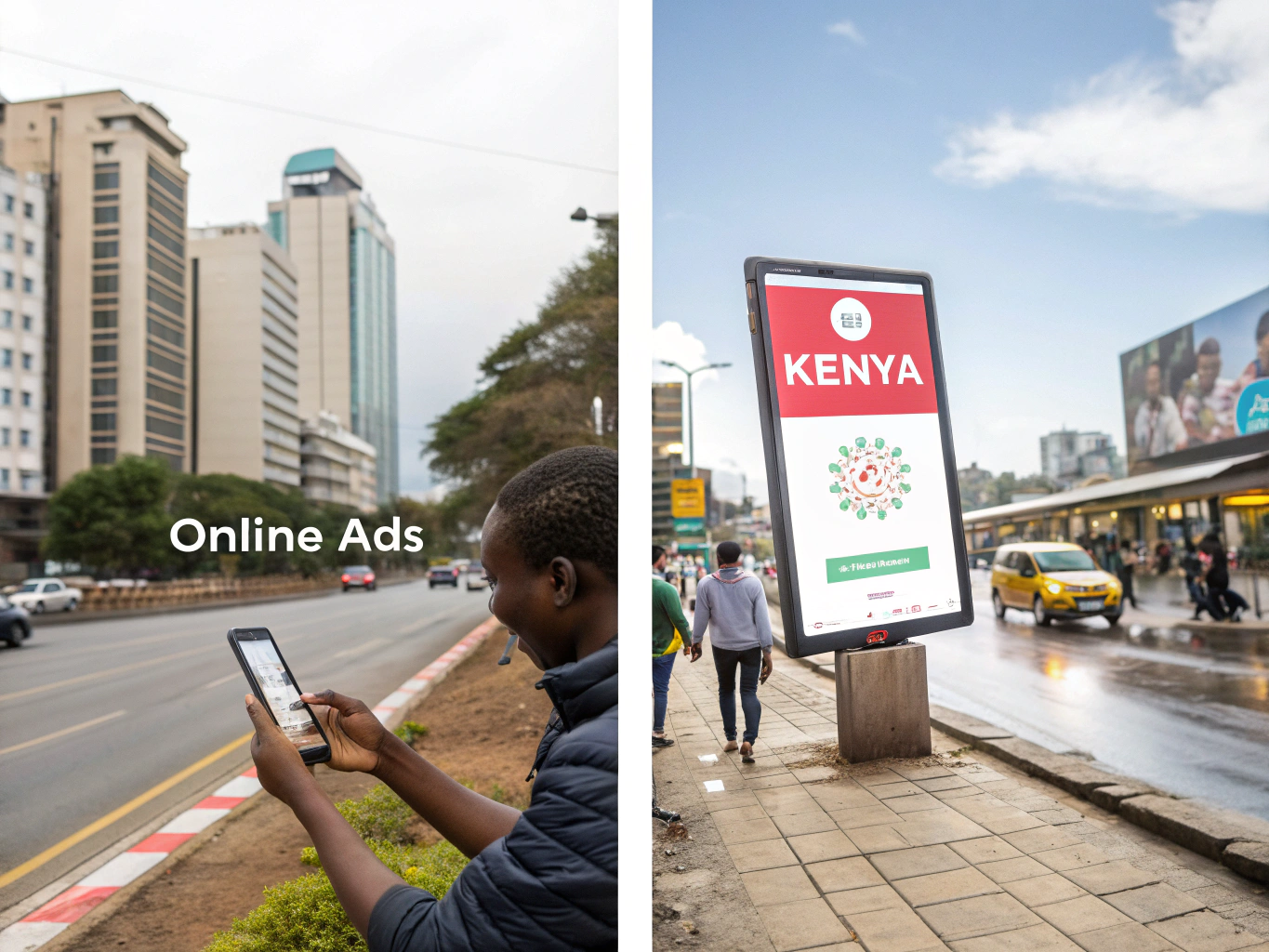Introduction
In today’s hyper-connected world, digital advertising dominates conversations, budgets, and strategies. From social media campaigns to influencer marketing and SEO, brands are investing heavily online. But despite this shift, outdoor advertising—also known as out-of-home (OOH) advertising—continues to thrive. Why?
Because even in the digital age, nothing commands attention like a billboard towering over a highway or a creative bus wrap turning heads in traffic. Outdoor advertising hasn’t just survived—it has evolved. It blends the real with the digital, offering high-impact visibility, trust, and unmatched reach.
The Power of Physical Presence
One of the biggest advantages of outdoor advertising is that it can’t be ignored. You can skip YouTube ads, block pop-ups, and scroll past sponsored posts. But a billboard on your morning commute? You see it every day.
Outdoor ads are physically embedded into the environment, making them impossible to avoid and hard to forget. This physical presence leaves a strong psychological impact, especially when paired with creative design and strategic placement.
OOH also benefits from location-based relevance. A well-placed ad near a retail store, event, or busy intersection reaches people in context—when they’re out and about, open to action, and often in a buying mindset.
Outdoor and Digital: Better Together
Outdoor advertising doesn’t compete with digital—it complements it. Many of the most successful marketing campaigns use outdoor to amplify their online presence.
For example, billboards now include QR codes, social media handles, and hashtags, encouraging passersby to take action online. Transit ads promote mobile apps. Street furniture displays offer interactive elements like NFC or touchscreens.
Brands like Netflix, Coca-Cola, and Apple use OOH to kick off viral digital campaigns, turning real-world installations into social media moments. This synergy enhances engagement and drives omnichannel performance.
Massive Reach, Minimal Intrusion
Unlike many forms of digital advertising, outdoor ads don’t feel invasive. There’s no disruption to content, no autoplay sounds, and no interruption of user experience.
Instead, OOH works in the background, reaching thousands—or even millions—of people each day. A strategically placed highway billboard or a digital screen in a major transit hub offers consistent, high-volume exposure without annoying the audience.
This makes outdoor one of the most brand-friendly advertising channels, ideal for awareness, product launches, and long-term positioning.
Building Brand Trust Through Tangibility
Physical ads bring a sense of legitimacy. Studies show that consumers trust traditional advertising more than online ads. A large, professionally produced billboard can signal that a brand is established, serious, and invested in its public image.
Outdoor advertising also benefits from “social proof by visibility.” When people see your brand consistently in real-world locations, they subconsciously associate it with relevance and credibility.
Whether it’s a startup looking to break into a competitive space or an established brand maintaining visibility, outdoor media helps build and reinforce trust.
Cost-Effective and Long-Lasting Results
While digital advertising may offer precise targeting, outdoor offers cost-efficiency at scale. The cost per thousand impressions (CPM) for many OOH formats is lower than most digital ads—especially when you factor in repeated exposure.
A billboard placed on a busy road doesn’t disappear after 15 seconds. It stays visible for weeks or even months, creating lasting impressions without extra spend. This is especially valuable for brands with broad demographics and high-volume sales models.
OOH delivers big returns for brand awareness campaigns, especially when compared to digital ads that require ongoing budget to remain live.
The Evolution of Outdoor: Welcome to DOOH
Outdoor isn’t stuck in the past. The rise of Digital Out-of-Home (DOOH) advertising has revolutionized the industry. Modern billboards and screens now feature real-time updates, dynamic content, and programmatic buying, similar to online ads.
DOOH allows brands to customize messages based on time of day, weather, location, or audience data. For example, a food delivery ad might appear around dinnertime or a sports brand might push different content during a live game.
Smart cities and transit systems have embraced this technology, integrating outdoor ads with IoT devices and mobile retargeting. The result is a powerful, data-driven medium that blends the best of both physical and digital worlds.
Real-World Case Studies
- Netflix used provocative and meme-worthy OOH creatives across cities to promote shows like Stranger Things and Wednesday, fueling millions of social shares.
- Spotify’s “Wrapped” campaign leveraged outdoor screens in global metros to highlight quirky listening stats, bridging digital data with real-world impact.
- Nike installed massive digital displays in city centers to celebrate athletes and sync with online campaigns, creating both brand pride and shareable moments.
These campaigns prove that outdoor advertising can spark conversation, drive engagement, and increase conversions across multiple channels.
Conclusion: Outdoor’s Reign Isn’t Over
Outdoor advertising remains a cornerstone of successful marketing strategies, even in an era dominated by screens and scrolls. Its unique blend of visibility, trust, and integration makes it irreplaceable.
Whether it’s a static billboard or a dynamic digital display, OOH delivers on scale, presence, and effectiveness. Rather than competing with digital, it enhances your entire marketing ecosystem.
For brands looking to maximize impact, outdoor is not just relevant—it’s essential.
Quick Tips for Effective Outdoor Campaigns
- Keep it simple: Clear, bold messaging wins.
- Focus on visuals: Eye-catching design captures attention.
- Use location wisely: Match placement to your target audience.
- Integrate with digital: Add QR codes, hashtags, or web destinations.
- Track performance: Use DOOH data and digital metrics to measure ROI.



